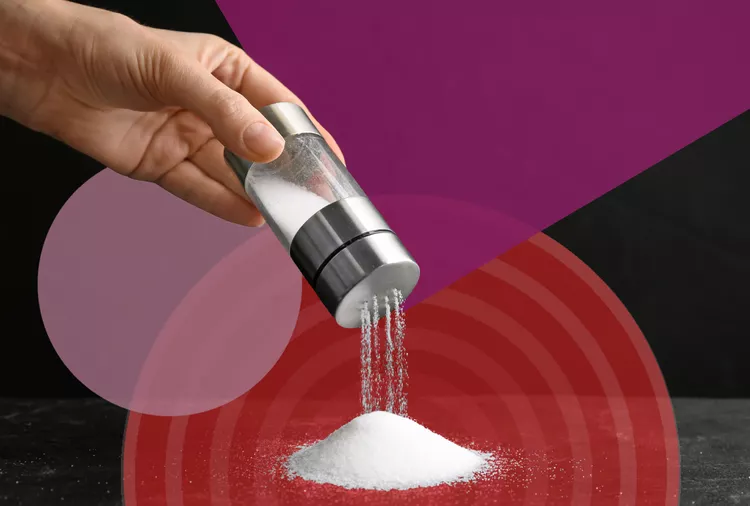Excess sodium intake is a major contributor to health issues like high blood pressure and stroke. The latest research reveals that reducing sodium by replacing regular table salt with a salt substitute can lower the risk of a second stroke by up to 14%. This is a promising finding for stroke survivors, highlighting the importance of small dietary changes in reducing long-term health risks.
The Role of Sodium and Stroke Risk
Sodium is an essential mineral for bodily functions, including nutrient transport, fluid balance, and nerve and muscle function. However, the typical American diet is packed with sodium, far exceeding the recommended daily intake. Most individuals consume an average of 3,500 mg of sodium daily, much higher than the recommended 2,300 mg, and experts suggest even lower limits—around 1,500 mg per day.
Excessive sodium can lead to high blood pressure, which is a significant stroke risk factor. In fact, nearly one in four stroke survivors will experience a second stroke. That’s why researchers are continuously looking for effective ways to reduce stroke recurrence.
A Groundbreaking Study on Salt Substitutes
A recent study, published in JAMA Cardiology, investigated whether replacing regular salt with a salt substitute could reduce the risk of a second stroke. Researchers tracked 15,249 stroke survivors from northern China for over five years. Participants were split into two groups: one used regular salt, while the other replaced it with a salt substitute containing 75% sodium chloride and 25% potassium chloride.
The findings were significant. Participants who used the salt substitute experienced a 14% reduction in the risk of recurrent strokes. This reduction was even more pronounced in those who had experienced hemorrhagic strokes, with a 30% lower risk of recurrence. Additionally, those in the salt substitute group showed a 12% reduction in overall mortality, including a 21% decrease in stroke-related deaths.
How Salt Substitutes Help Lower Blood Pressure
A modest decrease in blood pressure was also observed in the salt substitute group. On average, participants showed a reduction of 2.05 mm Hg in systolic blood pressure. While this may seem small, even a 1-mm Hg drop in blood pressure can reduce stroke risk by 5%, according to prior research.
What Does This Mean for You?
The good news is that replacing table salt with a salt substitute is a simple and effective strategy to reduce stroke risk. However, it’s essential to remember that most of the sodium we consume comes from processed and packaged foods, not just the salt shaker. So, even though swapping salt can help, cutting back on packaged foods and focusing on fresh, whole ingredients is equally important.
Lifestyle Changes to Lower Stroke Risk
Beyond reducing sodium, there are several other lifestyle changes that can significantly lower your stroke risk:
- Quit smoking: Tobacco use is a leading cause of stroke.
- Exercise regularly: Aim for at least 150 minutes of moderate activity each week.
- Eat a balanced diet: Focus on a variety of fruits, vegetables, whole grains, lean proteins, and healthy fats.
- Limit alcohol consumption: Stick to no more than one drink per day for women and two for men.
- Manage stress: Practice stress-relieving techniques like deep breathing or yoga.
Final Thoughts
Incorporating salt substitutes into your diet can be a simple yet effective way to reduce your stroke risk. Pair this with other heart-healthy habits like regular exercise, quitting smoking, and consuming a balanced diet to maximize your stroke prevention efforts.



Comments (0)
No comments yet. Be the first to comment!
Leave a Comment